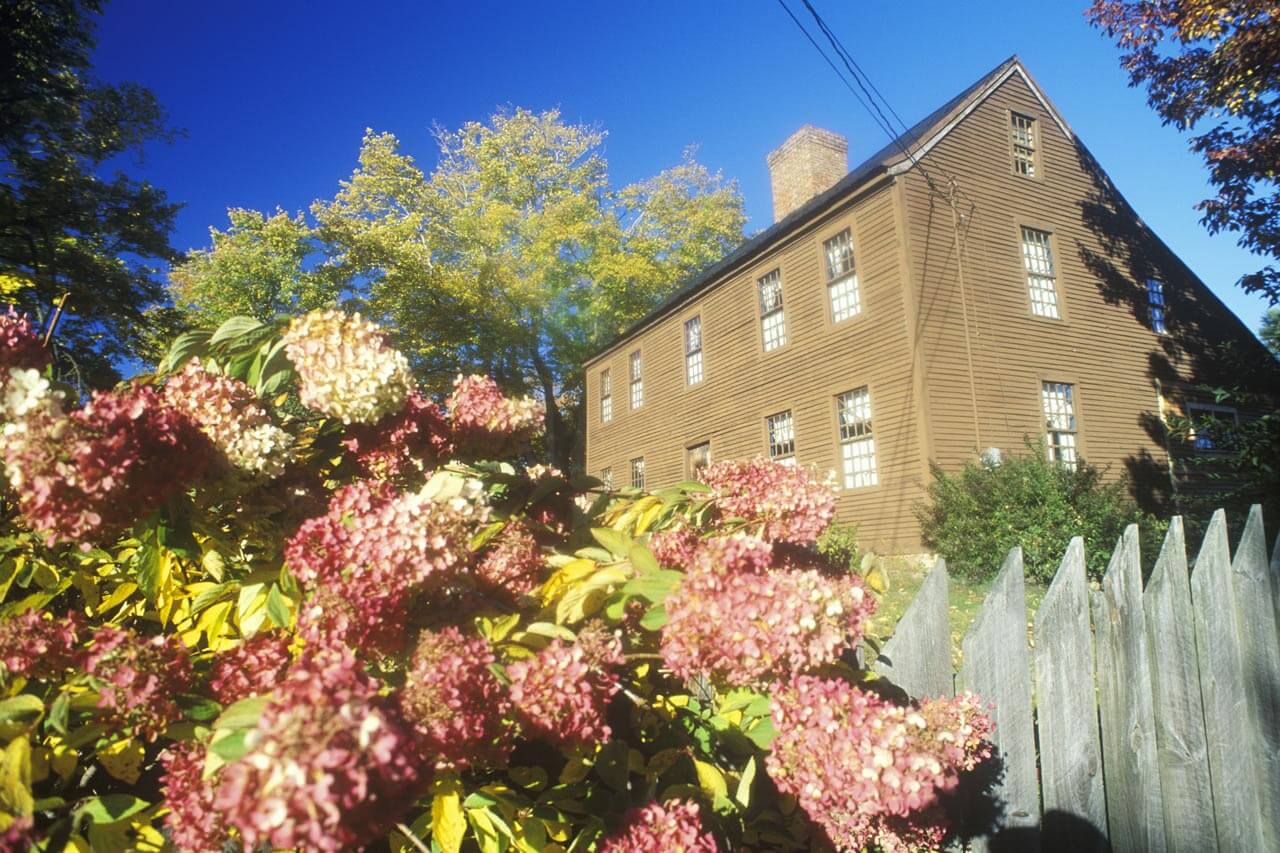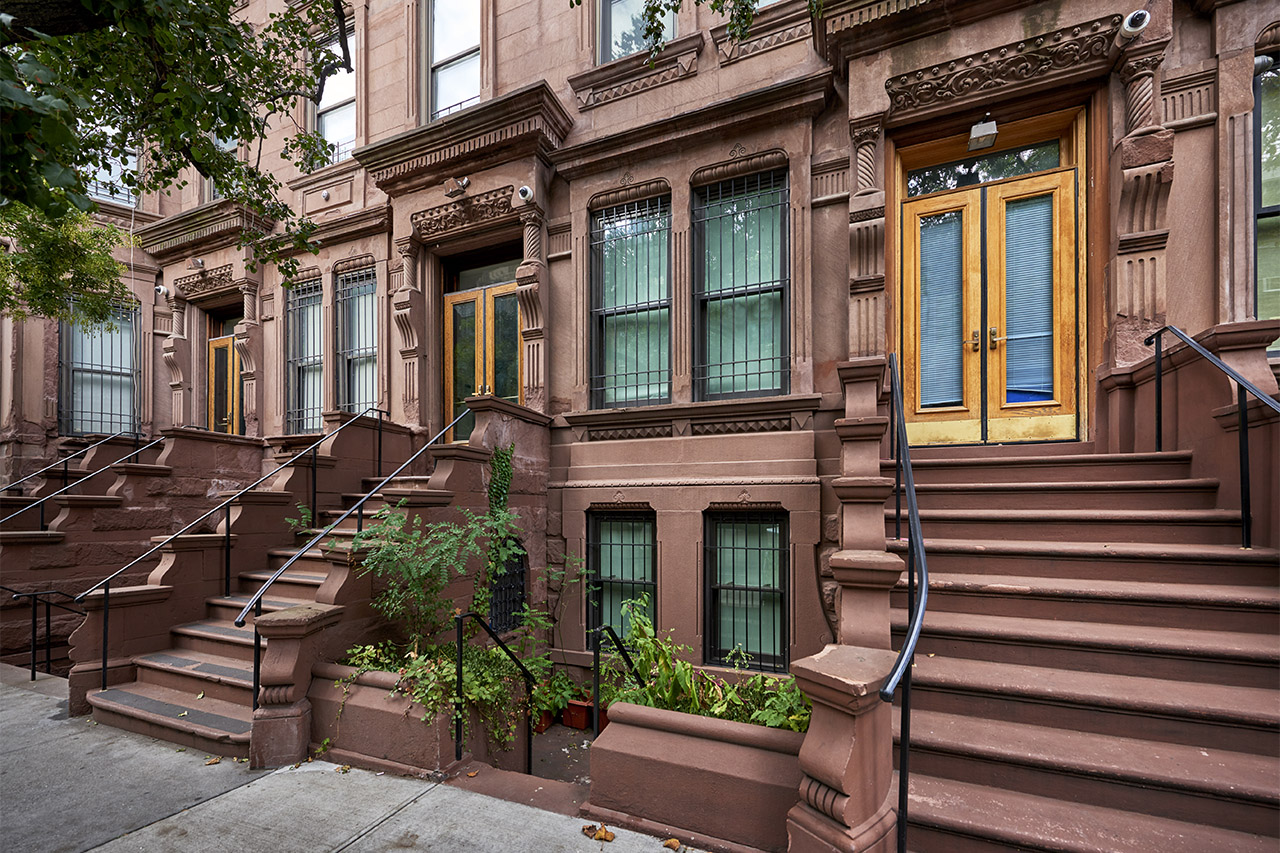
Use this guide to budget for building a saltbox house based on factors such as location, size, labor, and finishing costs.
The average cost to build a modern-style home is $900,000


Building a modern-style home costs an average of $350,000 to $1,200,000, with most projects falling within an average of $900,000.
Where you build—city, suburb, or rural area—has the most significant impact on price.
Sleek layouts and large windows give modern homes strong resale appeal.
Plan a contingency fund for unexpected costs to keep your budget on track.
This article was updated using automation technology and thoroughly reviewed for accuracy by HomeAdvisor Editor Ryan Noonan.
Building a modern-style home costs an average of $900,000, but budgets range from $350,000 to $1,200,000, depending on location, square footage, and the chosen finishes. Having a well-planned budget and working with professionals ensures you can address unexpected costs and achieve your ideal modern aesthetic.
Expect to pay $150 to $400 per square foot for a modern-style home, since custom windows, flat roofs, and other signature features add to the price.
Materials account for roughly 75% of the bill. Modern builds lean on wood, stone, glass, and those signature wall-to-wall windows that blur the line between indoors and out.
| Project Phase | Description | Average Cost Range |
|---|---|---|
| Design & planning | Architectural, engineering, and design fees | $20,000–$ 80,000 |
| Site preparation | Land clearing, grading, and excavation | $10,000–$40,000 |
| Foundation | Concrete slab, crawl space, or basement | $20,000–$60,000 |
| Framing | Lumber, steel, or engineered framing | $40,000–$120,000 |
| Exterior finishes | Siding, roofing, windows, doors | $50,000–$150,000 |
| Interior finishes | Flooring, cabinetry, paint, fixtures | $60,000–$200,000 |
| Systems | HVAC, plumbing, electrical | $50,000–$120,000 |
| Landscaping | Hardscaping, planting, and outdoor living spaces | $10,000–$50,000 |
| Permits & inspections | Local building, electrical, plumbing, and zoning | $5,000–$20,000 |
| Drywall | Installation of wall and ceiling panels | $1.60–$2.35 per square foot |
| Insulation | Thermal and soundproofing material for walls, ceilings, and floors | $1.75–$3 per square foot |
| Lumber | Wood used for framing, structural supports, and general construction | $25,000–$65,000 |
| Concrete | Used for foundations, slabs, driveways, and structural elements | $1,000–$10,000 |
Plan on spending between $60,000 and $200,000 on interior finishes for a modern-style home. This includes kitchen cabinets, plumbing fixtures, fireplaces, and appliances.
| Interior Finish | Average Cost Range |
|---|---|
| Flooring | $1,400–$13,800 |
| Tile | $800–$5,000 |
| Insulation | $900–$2,200 |
| Kitchen cabinets | $3,200–$8,500 |
| Plumbing fixtures | $150–$350 each |
| Appliances | $3,500–$15,000 |
| Fireplace | $1,400–$2,500 |
Exterior finishes—siding, roofing, doors, and windows—add $50,000 to $150,000 to the budget.
| Exterior Finish | Average Cost Range |
|---|---|
| Roof | $11,000–$60,000 |
| Windows | $10,000–$30,000 |
| Doors | $1,200–$3,200 |
| Vinyl siding | $4,800–$11,100 |
Landscaping runs $10,000 to $50,000, and that’s before any land-clearing costs if the lot needs prep work. This often includes hardscaping, such as patios, walkways, and other man-made elements incorporated into your landscaping.
Flat roofs—ranging from $3.50 to $30 per square foot—give modern homes their classic silhouette. They’re eye-catching, but in snowy regions, the shallow pitch struggles to shed snow. Installation and flat-roof materials also run higher than standard shingles because they must seal out water more effectively.
Labor makes up $90,000 to $750,000, or roughly 30% to 60% of the total budget you’ll pay your local home builder.
The cost to hire an architect averages at $125 to $250 per hour
Hiring an electrician costs $35 to $55 per hour
Hiring a plumber costs $45 to $200 per hour
The cost to hire a structural engineer is $500 to $5,000 per drawing
General contractors cost 10% to 20% of your total project cost
Budget $5,000 to $20,000 for permits and inspections, including building permit fees and locally by area, or local requirements.
Building a modern home doesn’t have to break the bank—thoughtful planning and strategic choices can lead to big savings. Here are a few ways to cut costs without compromising style or quality:
Opt for a simple floor plan: Clean lines and open layouts are not only modern—they're also more affordable to design and build.
Use cost-effective materials: Choose durable yet budget-friendly alternatives, such as engineered wood or fiber-cement siding.
Limit custom features: Prefab windows, doors, and cabinetry can mimic custom looks at a lower price.
Build up, not out: A two-story footprint uses less land and foundation, resulting in reduced overall material and labor costs.
Time your build wisely: Starting construction during your region’s off-season may help you secure better contractor rates.
Handle finishing touches yourself: Painting, landscaping, or fixture installation can trim your final invoice if you're handy.
Modern-style homes rely on sleek architecture, precise engineering, and flawless finishes, making them challenging DIY projects for most homeowners. While it’s tempting to cut costs with a hands-on approach, full-scale homebuilding requires licensed professionals who can manage permits, adhere to structural codes, oversee inspections, and coordinate specialized trades.
That said, you can take on select tasks to reduce costs without compromising quality. Painting, landscaping, or installing basic fixtures are often manageable for experienced DIYers, especially if you’re working with a general contractor who can guide you on timing and materials.
For everything else—especially framing, electrical, plumbing, and foundation work—hiring qualified pros isn’t just smart; it’s often required by law. Missteps in these areas can lead to costly delays, failed inspections, or structural issues that affect resale value.
No place is more important than your home, which is why HomeAdvisor connects homeowners with local pros to transform their houses into homes they love. To help homeowners prepare for their next project, HomeAdvisor provides readers with accurate cost data and follows strict editorial guidelines. After a project is complete, we survey real customers about the costs to develop the pricing data you see, so you can make the best decisions for you and your home. We pair this data with research from reputable sources, including the U.S. Bureau of Labor Statistics, academic journals, market studies, and interviews with industry experts—all to ensure our prices reflect real-world projects.
From average costs to expert advice, get all the answers you need to get your job done.

Use this guide to budget for building a saltbox house based on factors such as location, size, labor, and finishing costs.

The cost to build a bungalow is based on style, size, and other factors. Learn more about average costs to budget for in the bungalow building process.

How much does it cost to build a house in Florida? Explore common cost factors, from permits and land to luxury finishes, with our detailed guide.

Explore the cost to build a house in New York based on key factors like materials, size, style, labor, and more with our comprehensive cost guide.

Using HomeAdvisors cost guide, youll learn how much it costs to build a house in Seattle. New build cost factors include labor, materials and permits.

Our concrete house cost guide covers insulated concrete form and other concrete home expenses. Explore the various cost factors to determine your budget.